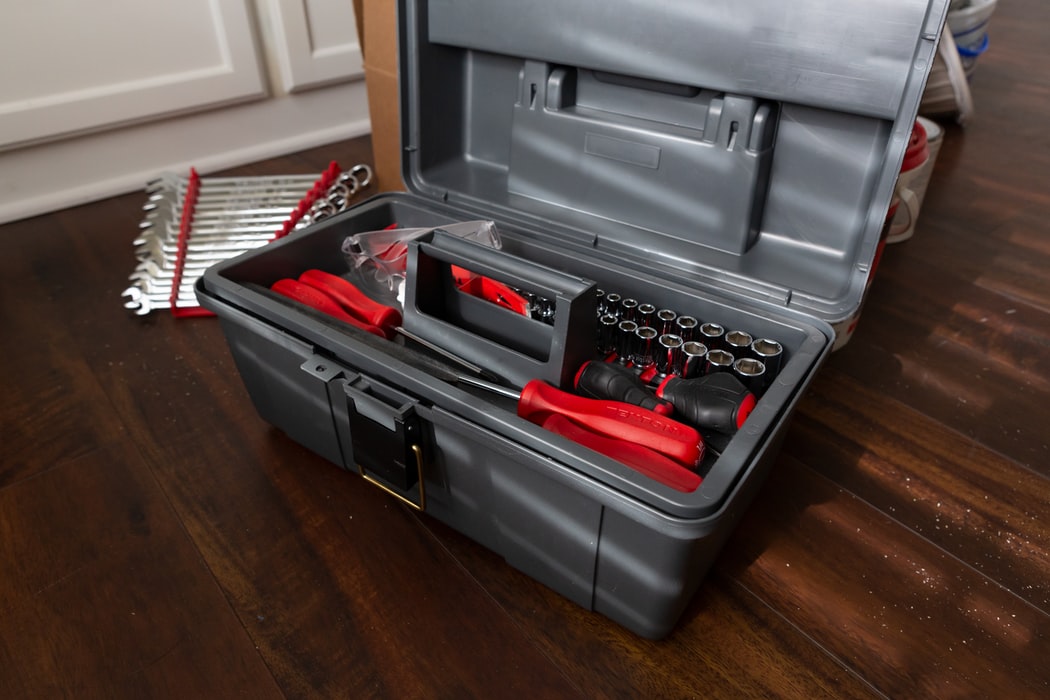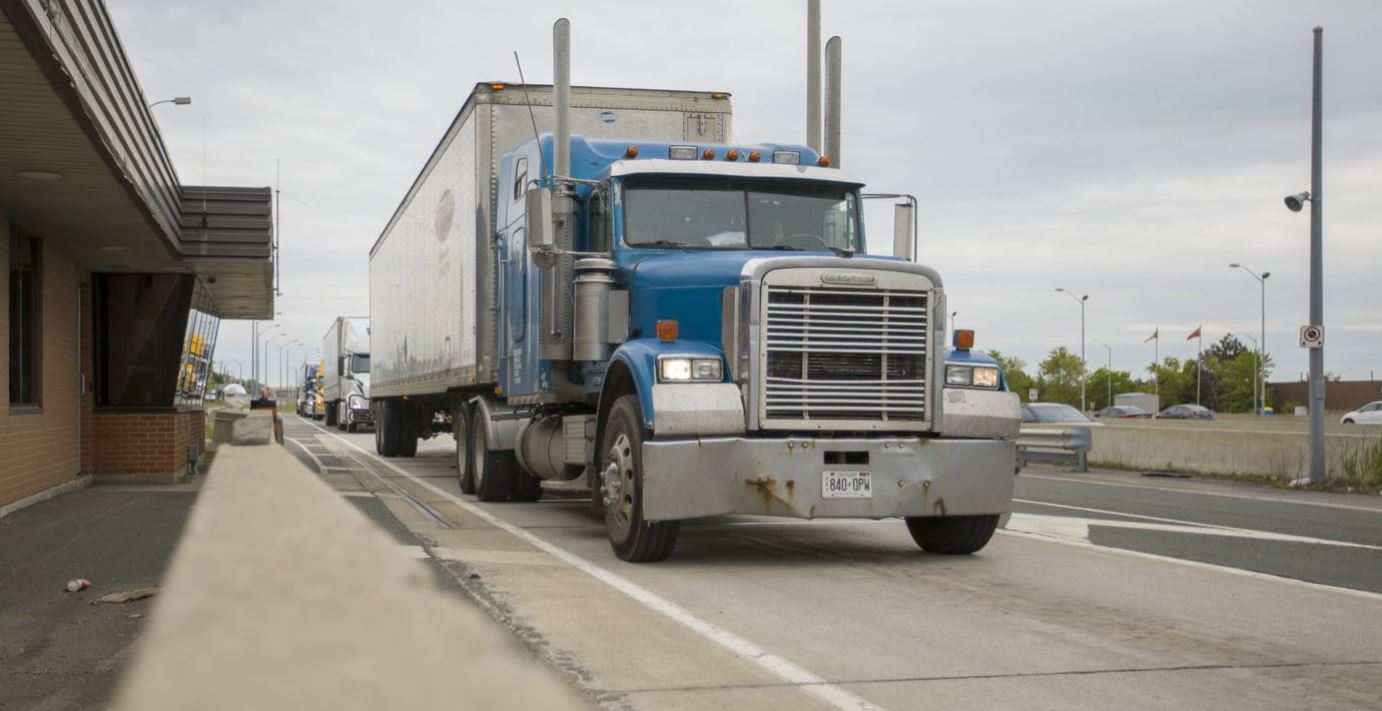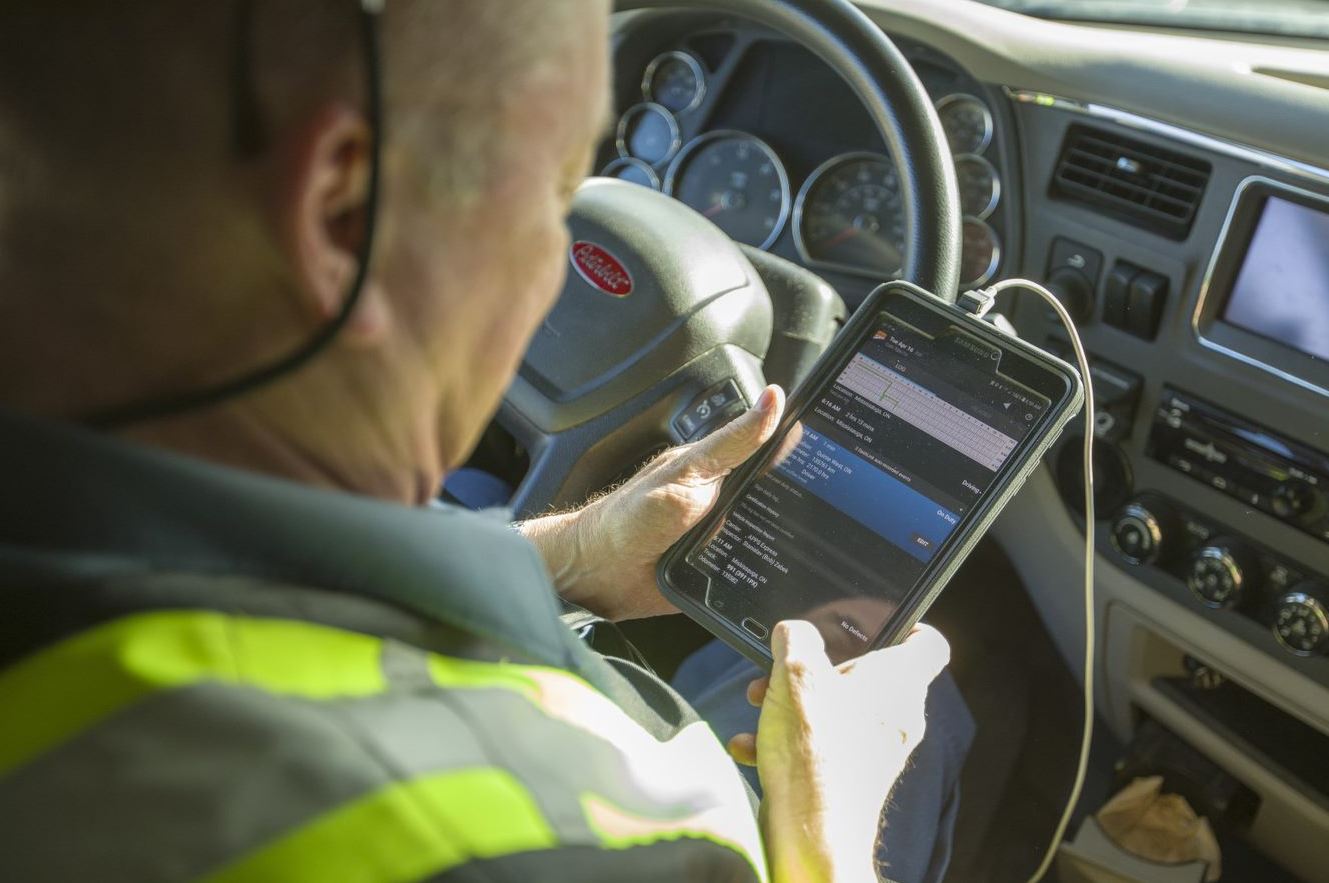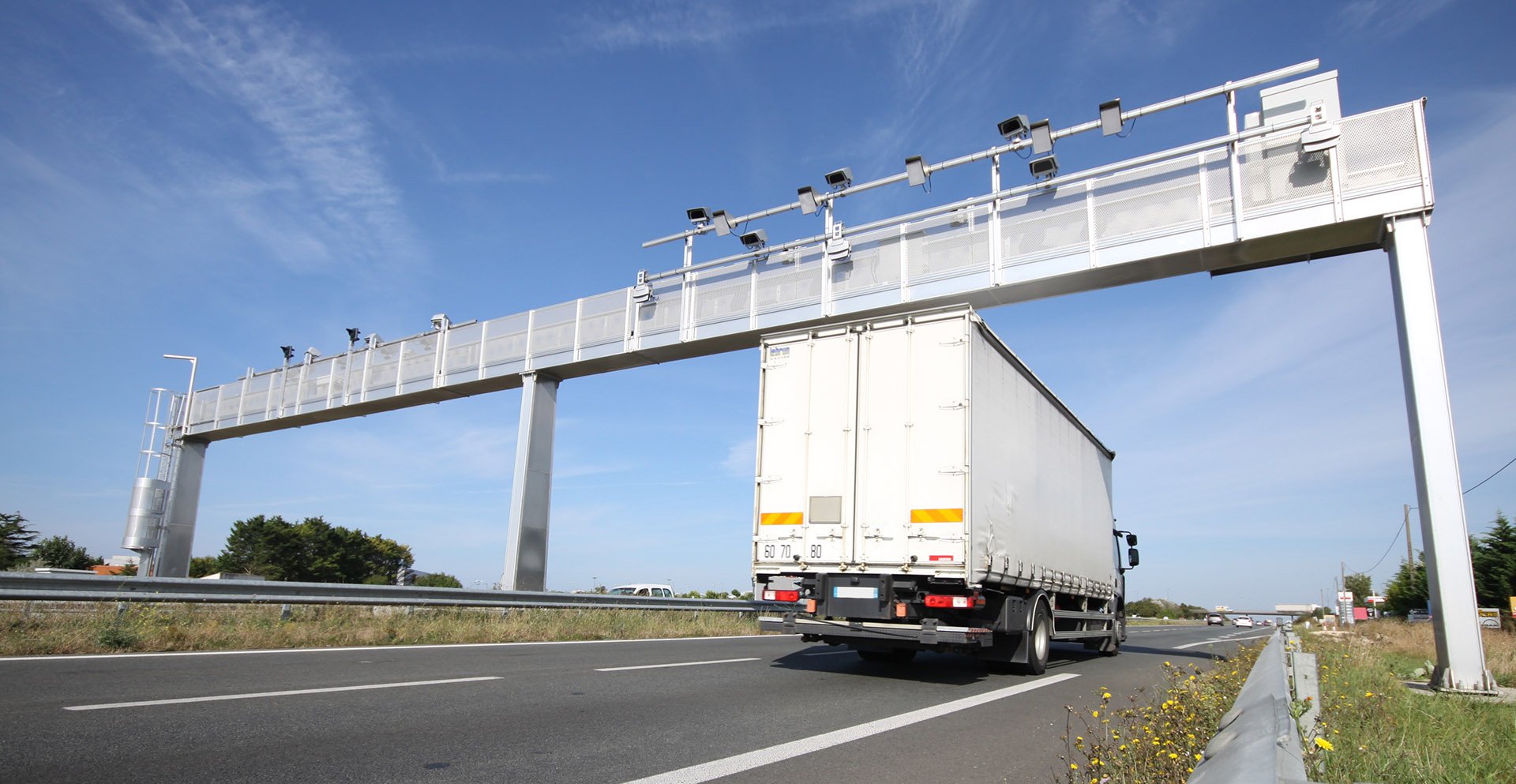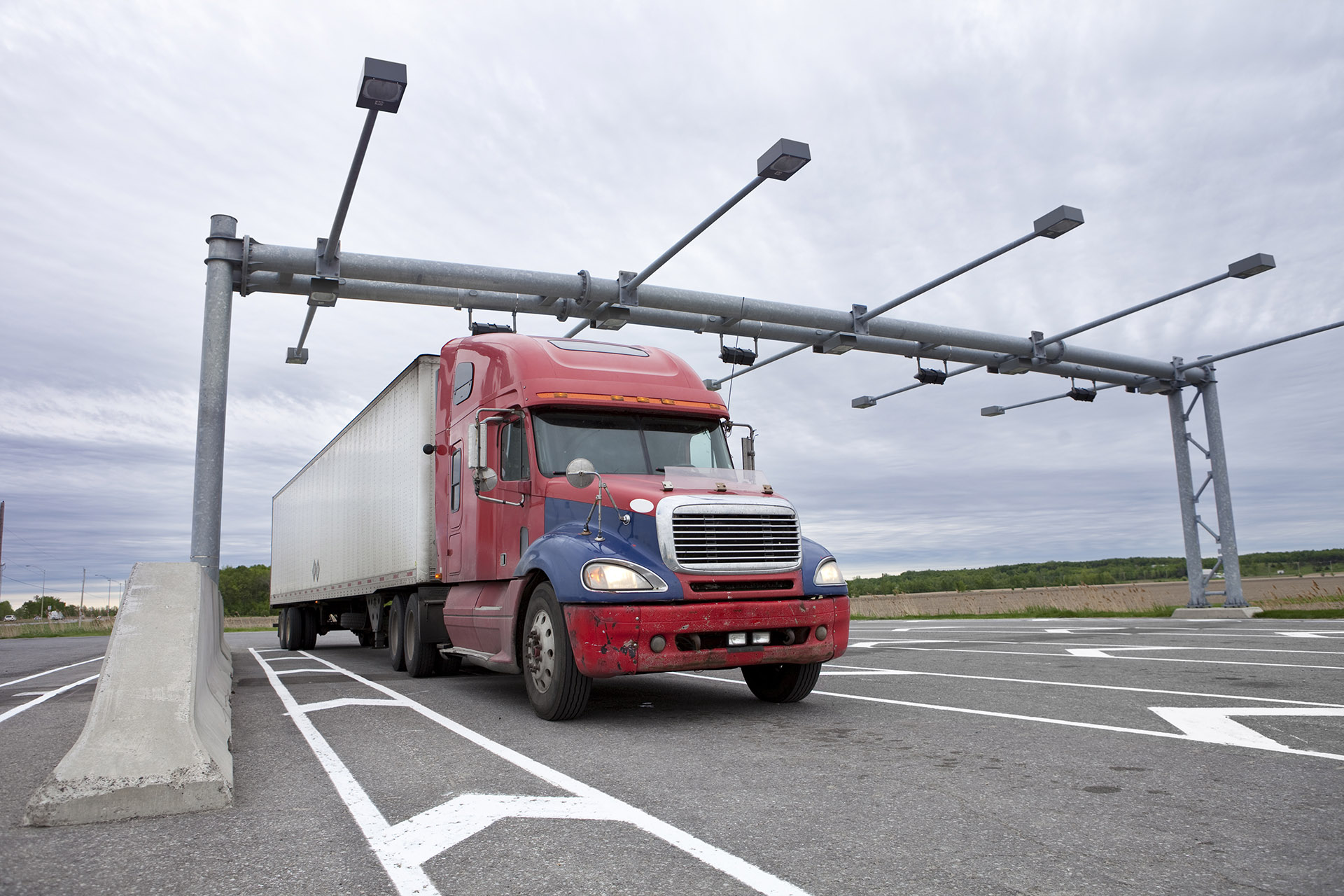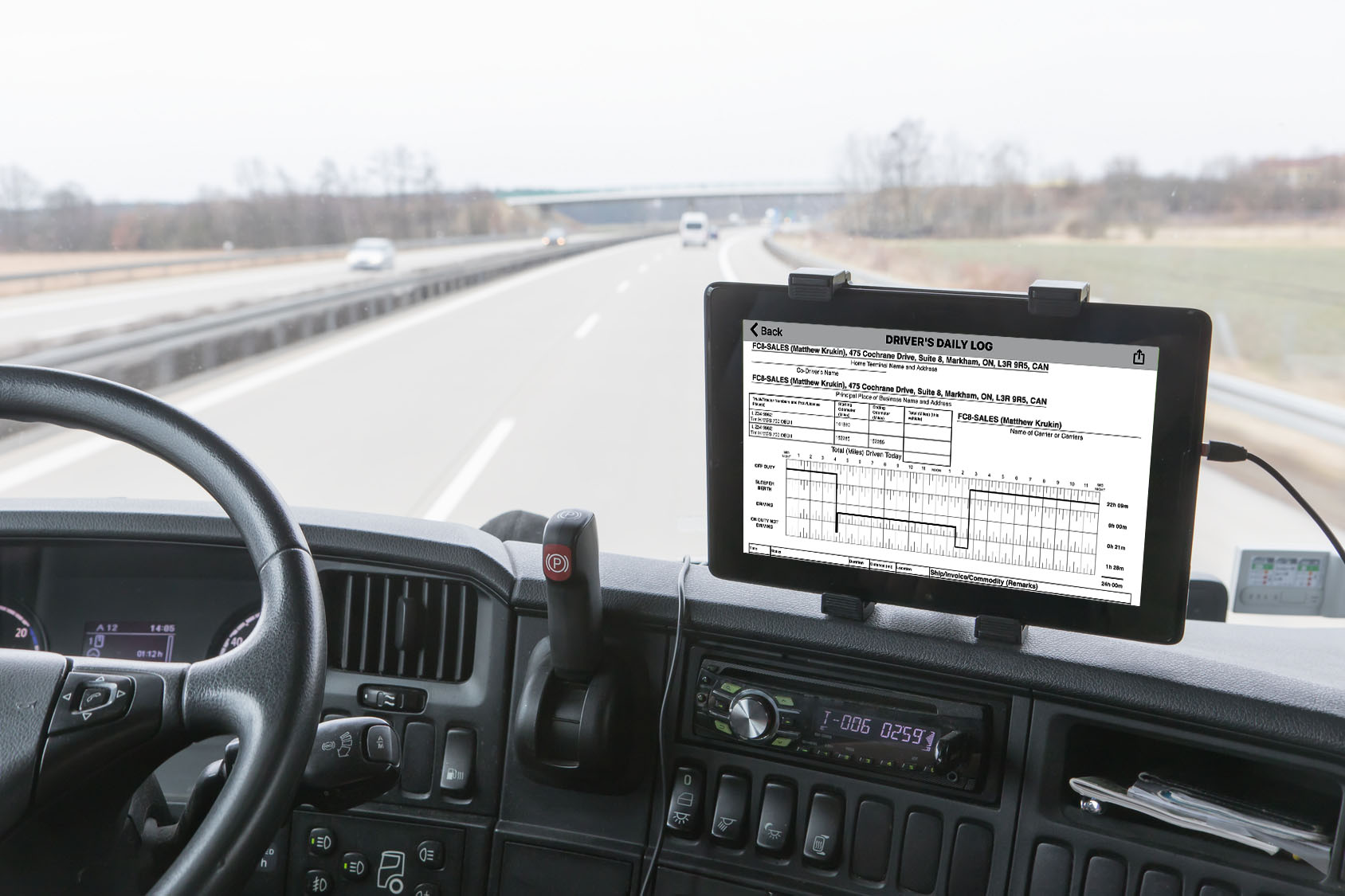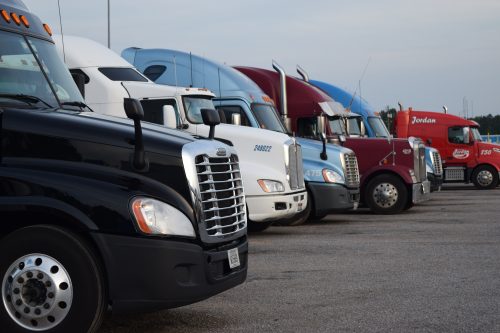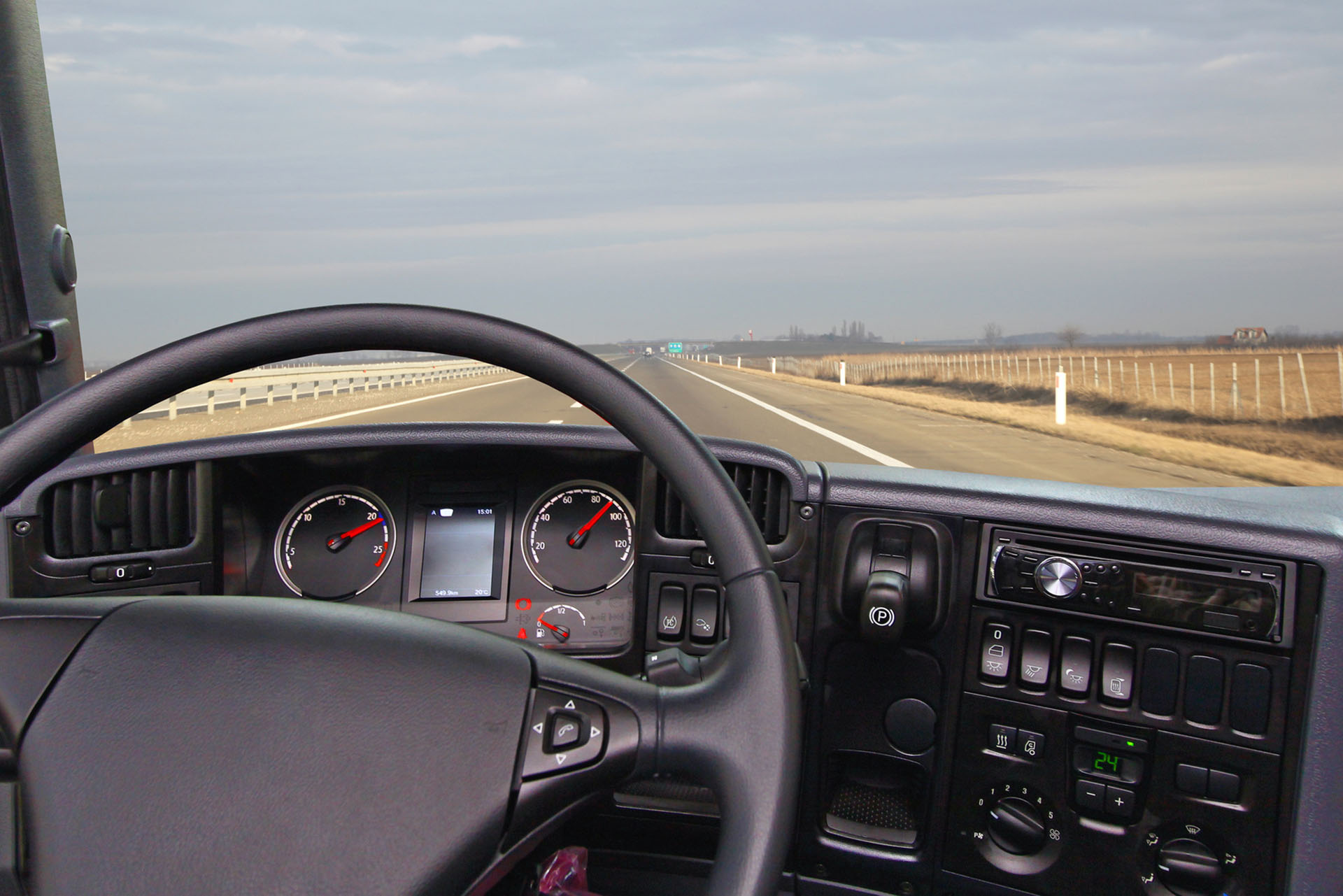Throughout the last decade, the Federal Motor Carrier Safety Administration (FMCSA) has been dedicated to providing clear and actionable regulations that help drivers remain compliant while driving commercial motor vehicles.
While there are groups that oppose the new FMCSA Electronic Logging Devices (ELDs) mandate, the reality is that these devices will help ensure that your drivers are compliant with hours-of-service (HoS) regulations and make it easy for your fleet managers to monitor their duty status.
There are numbers of ELDs now available on the market, and one of the benefits of a complete GPS fleet monitoring system is that your drivers can easily keep track of their hours and safety inspections, but your fleet managers can also view this information in real-time.

Reduced Fleet Vehicle Crash Rates
While as much as 20% of accidents are unreported because they are considered too low-severity to report to state authorities, there are approximately 113 large fleet vehicle crashes per 100 million vehicle miles traveled.
According to the FMCSA’s 2014 report, “Evaluating the Potential Safety Benefits of Electronic Hours of Service Recorders”, ELDs and strict HoS regulations will reduce the number of fatigued drivers on the road by increasing opportunities for sleep. This report studied total crashes, preventable crashes, and HOS violations on class 7 and 8 vehicles enabled with ELDs, and those without.
The study comprised of two different motor carrier companies and installed devices in half of the units. In motor carrier A, the results show that there was a 12% lower total crash rate and a 5% lower preventable crash rate between vehicles installed with devices and those without.
For motor carrier B, the results were more persuasive, reporting a 45% decrease in total crash rates, and a 38% lower preventable crash rate.
Since the adoption of the electronic logging devices, carriers and their drivers have reported that up to 46% of their drivers are actually feeling less fatigued. Which is a good thing, because a National Highway Traffic Safety Administration (NHTSA) report shows that 76% of the fatalities in collisions involving large trucks were actually the occupants of other vehicles. Because of the large vehicle size and greater possibility for the trailer to tip over, anything that can be done to reduce risks to other drivers on the road should be a welcome change.
Easily Remain Compliant
As managers, one of the biggest responsibilities placed on our drivers is to keep up-to-date and accurate logs for HoS and Driver Vehicle Inspection Reports. Without accurate logs, drivers and their fleets can be charged under the FMCSA Hours-of-Service (HoS) Compliance BASIC, drivers can be placed out-of-service, holding up your delivery and causing business to slow down. Having a driver out-of-service is a worst-case scenario due to incomplete, or inaccurate logs, but it’s a chance that you don’t want to take.
According to the FMCSA study, trucks equipped with an electronic logging device experienced 53% lower driving-related violations and 49% lower non-driving-related violations than fleet vehicles without ELDs.
Since everything is automated, drivers don’t have to be pre-occupied about their logs, and the reports are easily transferable to any Transportation Authority upon request at the roadside or as a result of an audit. The electronic logging device mandate streamlines the process for reporting, as it automatically records the hours of service and engine data so that your drivers can know with a quick glance at the screen the status of their driving, and on-duty time.
Improve the Productivity of Your Entire Fleet
Eliminating the stresses of accurate bookkeeping allows your drivers and fleet managers to be more productive. By tuning into the vehicle’s engine, you can record actual driving times while also keeping track of the route taken, and your drivers driving and on-duty hours.
Using Less Paper Means Less Documents to Lose
Eliminating paper logbooks allow your drivers to focus on driving and taking the appropriate breaks to remain compliant with HoS, while getting enough rest. The stress of keeping an accurate logbook, and maintaining the log for the appropriate number of days (7 in the U.S., 14 in Canada) in the case of a roadside inspection.
The ease with which a quick glance at the control panel tells the driver’s their driving and on-duty hours and allows them to plan ahead to understand whether they can finish the route, or if they need to stop or reset.
Never Stress Over Dispatch Again
Automatic logging ensures that managers can easily keep track of their drivers for easier dispatch. Since the GPS fleet monitoring system replays all recorded information back to a central location, the fleet management team can monitor deliveries and identify problems in real-time.
Drivers regularly report being stressed out by dispatch who pressure them to pick up additional deliveries or to drive over their HoS limits to complete a run. Now, when looking for drivers to pick up deliveries, managers can quickly view logged time by each driver and see who is the closest to the pickup terminal. This way, the dispatch team knows not to pressure the driver with an additional delivery if they’re already close to their HoS thresholds. Additionally, since the fleet monitoring software displays where the drivers and assets are, the user has better customer service capabilities as you can estimate a more accurate arrival time.
The FMCSA and NHTSA have both found that ELDs are designed to improve the safety of your drivers and vehicles, as well as improve the safety of other drivers on the road. On top of the added safety benefits, your fleet managers can boast a more efficient dispatching system and your drivers will have more time to themselves.
Don’t wait for the ELD Final Rule to become mandatory, get in touch with us today to discuss how our Powerfleet (formerly Fleet Complete) ELD Solution can ensure your fleet stays compliant, safe, and be more productive.
















